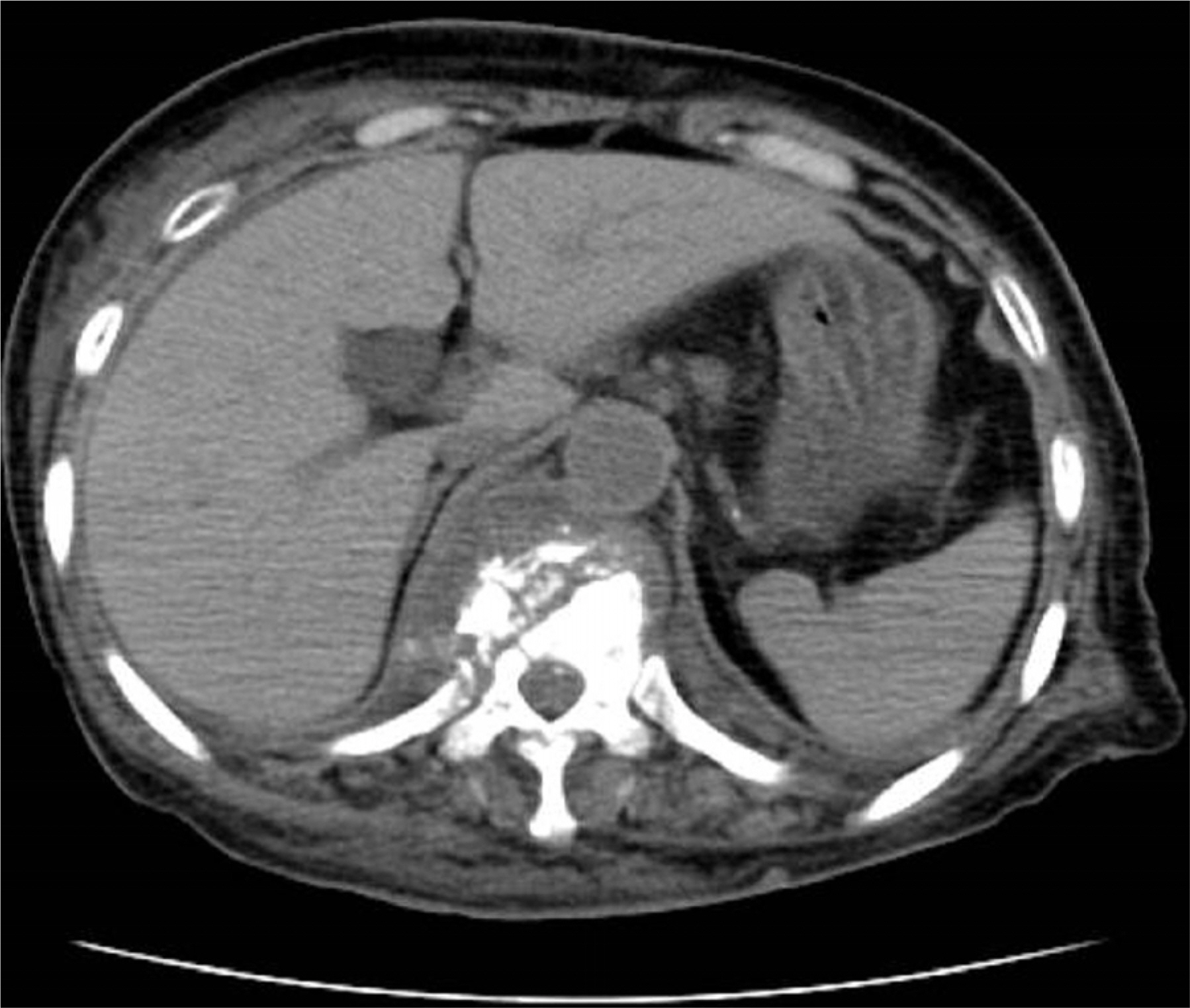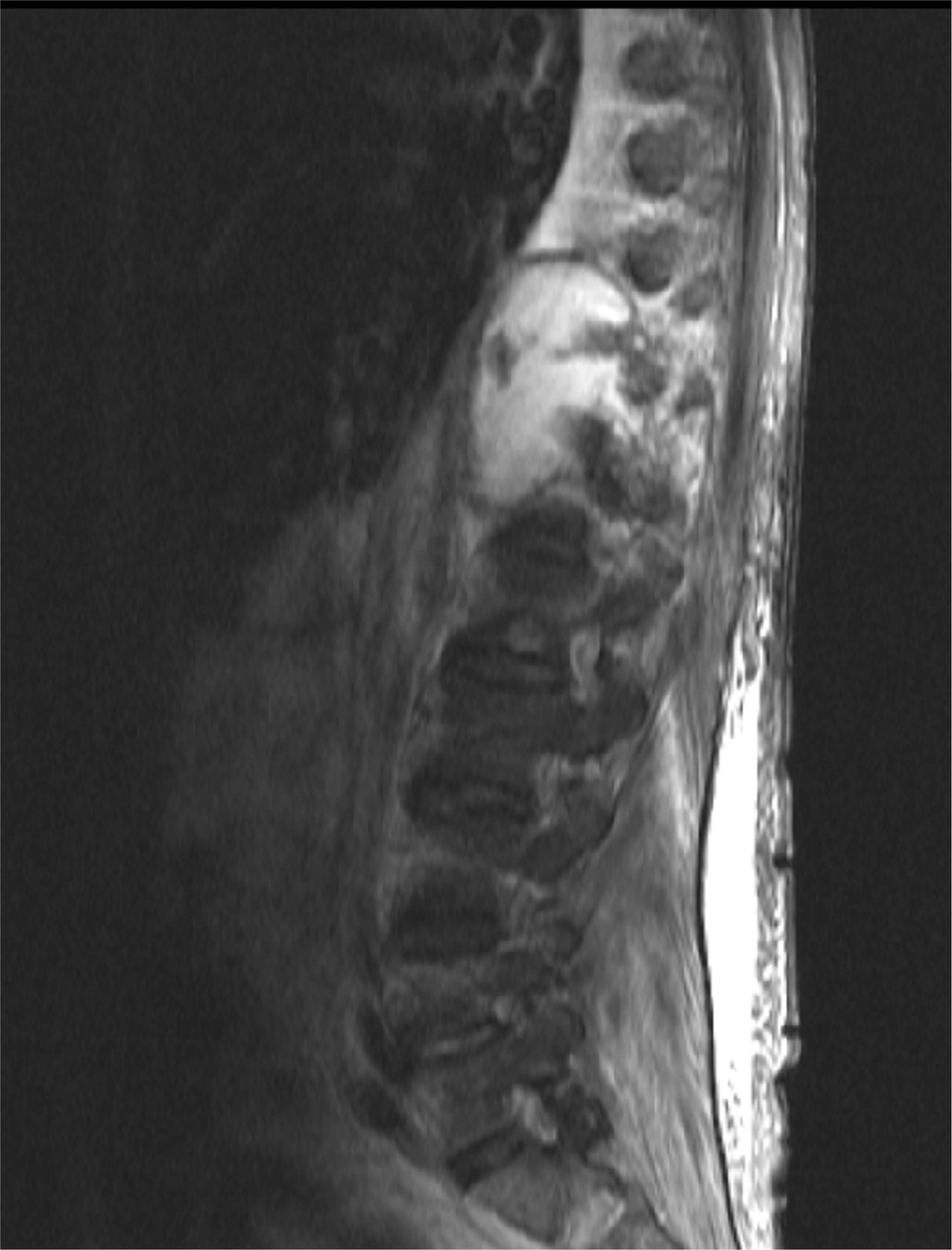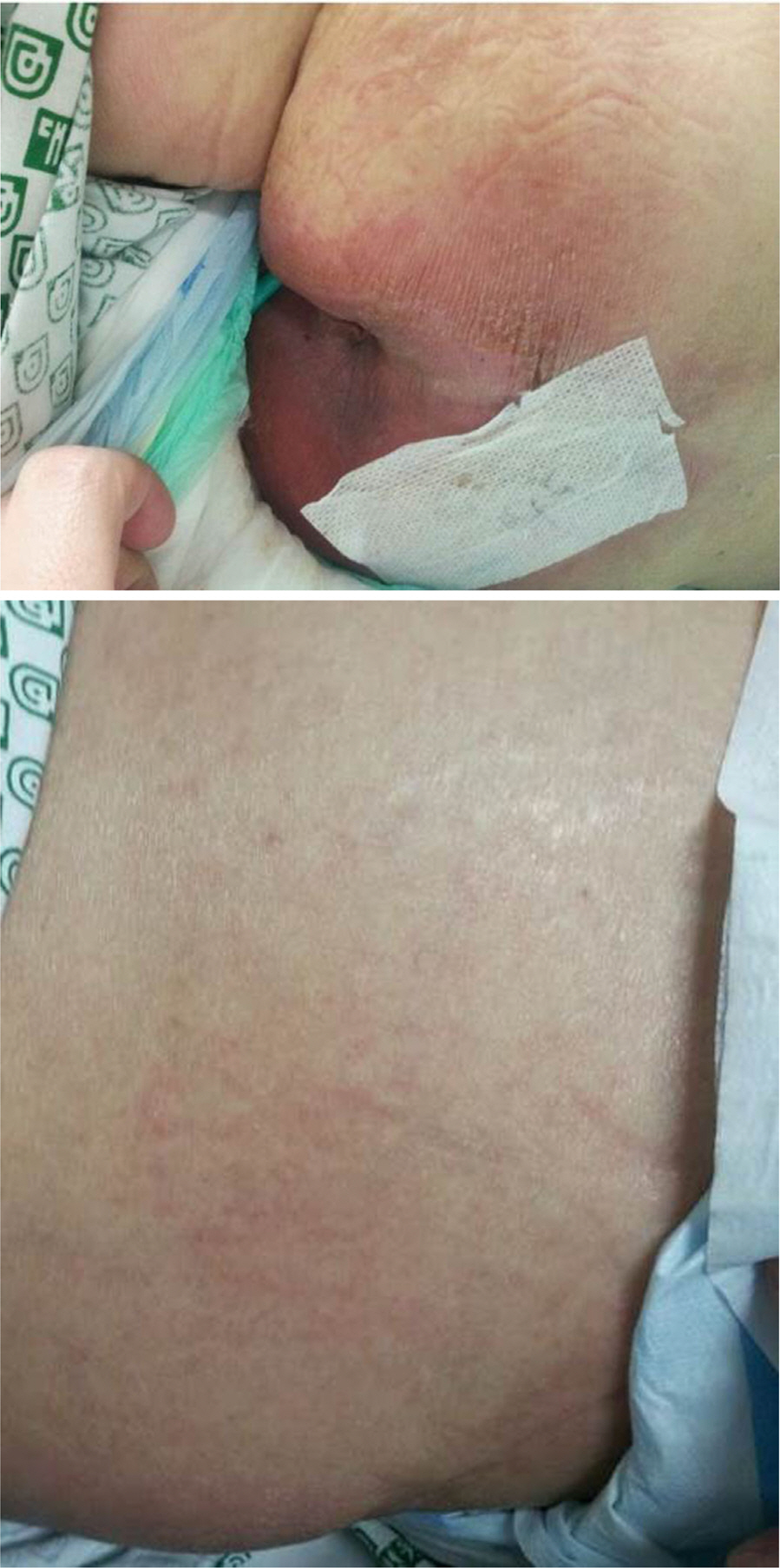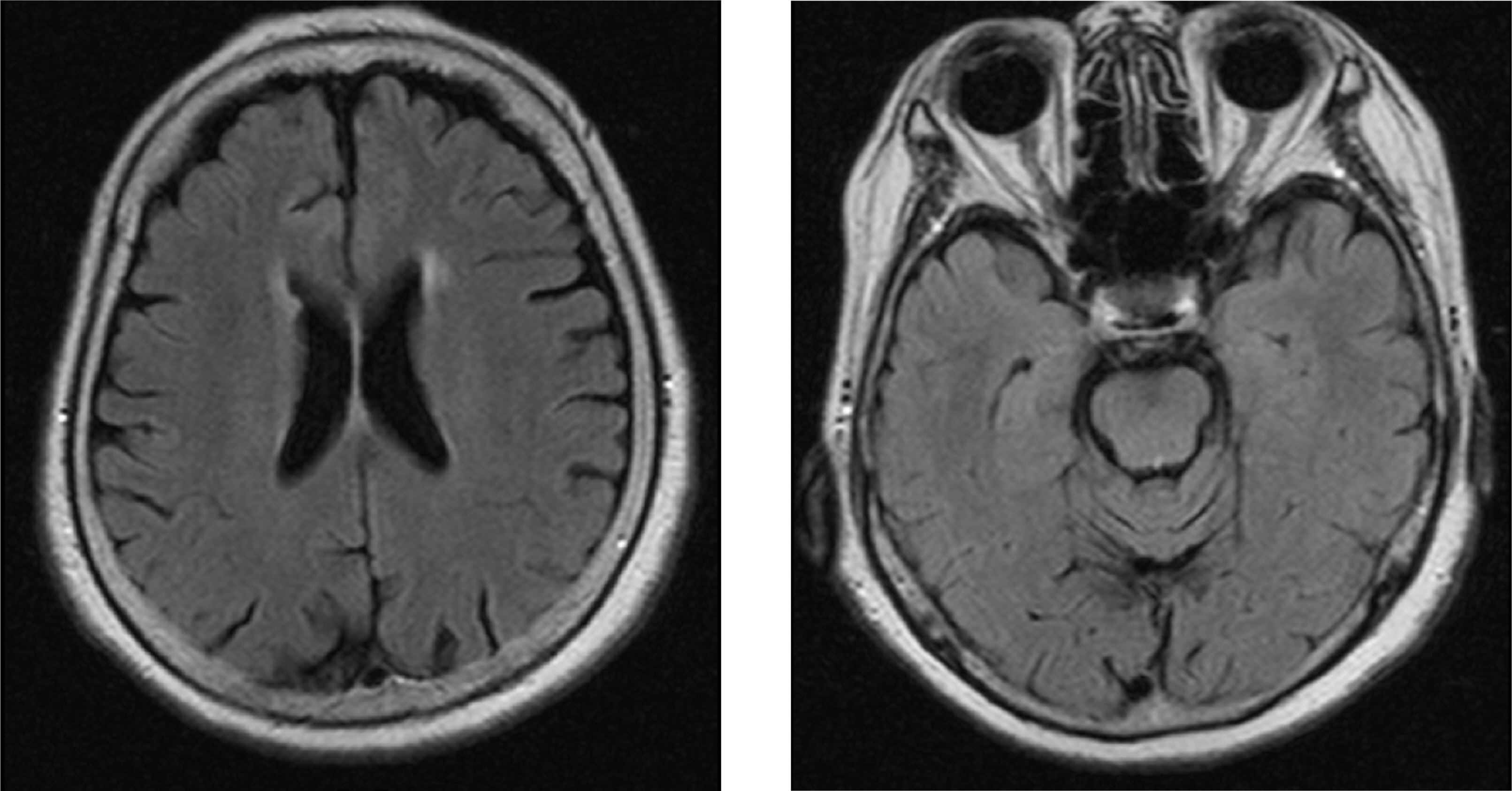Kosin Med J.
2014 Jun;29(1):63-68. 10.7180/kmj.2014.29.1.63.
A Case of Seizure and Metabolic Acidosis Due to Renal Adjustment Dosage of Isoniazid in an Elderly Woman
- Affiliations
-
- 1Department of Internal Medicine, Dae-Dong Hospital, Busan, Korea. bbuss36@naver.com
- 2Department of Internal Medicine, College of Medicine, Kosin University, Busan, Korea.
- KMID: 1882441
- DOI: http://doi.org/10.7180/kmj.2014.29.1.63
Abstract
- Isoniazid is one of the most commonly used antituberculosis drug. Acute into xication is characterized by repetitious convulsions, high anion gap metabolic a cidosis and coma. The basis of theraphy consists of parental pyridoxine admi nistration in a dose equivalent to that of isoniazid ingested. Here we present a case of seizure and metabolic acidosis due to only renal adjustment dosage of Isoniazid in an elderly woman.
Keyword
MeSH Terms
Figure
Reference
-
1. Kook DH, Cho SY, Lee KY, Lee IG, Lee JS. A case of acute isoniazid into xication in childhood. J Korean Child Neurol Soc. 2006; 14:358–62.2. Topcu I, Yentur EA, Kefi A, Ekici NZ, Sakarya M. Seizures, metabolic acidosi s and coma resulting from acute isoniazid intoxication. Anaesth Intensive Care. 2005; 33:518–20.3. Schaberg T, Rebhan K, Lode H. Risk factors for side-effects of isoniazid, rif ampin and pyrazinamide in patients hospitalized for pulmonary tuberculosis. Eur Respir J. 1996; 9:2026–30.4. Romero JA, Kuczler FJ Jr. Isoniazid overdose: recognition and management. Am Fam Physician. 1998; 57:749–52.5. Hankins DG, Saxena K, Faville RJ Jr, Warren BJ. Profound acidosis caused by iso niazid ingestion. Am J Emerg Med. 1987; 5:165–6.6. Weber WW, Hein DW. Clinical pharmacokinetics of isoniazid. Clin Pharmacokinet. 1979; 4:401–22.
Article7. Holtz P, Palm D. Pharmacological aspects of vitamin B6. Pharmacol Rev. 1964; 16:113–78.8. Fukino K, Sasaki Y, Hirai S, Nakamura T, Hashimoto M, Yamagishi F, et al. Effects of N-acetyltransferase 2 (NAT2), CYP2E1 and Glutathione-S-transferase (GST) genotypes on the serum concentrations of isoniazid and metabolites in tube rculosis patients. J Toxicol Sci. 2008; 33:187–95.9. Kang TS, Jin SK, Lee JE, Woo SW, Roh J. Comparison of genetic polymorphi sms of the NAT2 gene between Korean and four other ethnic groups. J Clin Pha rm Ther. 2009; 34:709–18.10. Holdiness MR. Neurological manifestations and toxicities of the antituberculosis dru gs. A review. Med Toxicol. 1987; 2:33–51.11. Wason S, Lacouture PG, Lovejoy FH Jr. Single high-dose pyridoxine treat ment for isoniazid overdose. JAMA. 1981; 246:1102–4.12. Tai WP, Yue H, Hu PJ. Coma caused by isoniazid poisoning in a patient treated with pyridoxine and hemodialysis. Adv Ther. 2008; 25:1085–8.
Article
- Full Text Links
- Actions
-
Cited
- CITED
-
- Close
- Share
- Similar articles
-
- A Case of Recurrent Seizure following Overdose of Isoniazid
- A Case of Acute Isoniazid Intoxication in Childhood
- Acute Isoniazid Intoxication-As an Unusual Cause of Fatal Status Epilepticus-
- A Case of Cyclosporine-Induced Type I Renal Tubular Acidosis after Kidney Transplantation
- A Case of Primary Sjiigren's Syndrome with Hypokalemic Paralysis and Renal Tubular Acidosis





